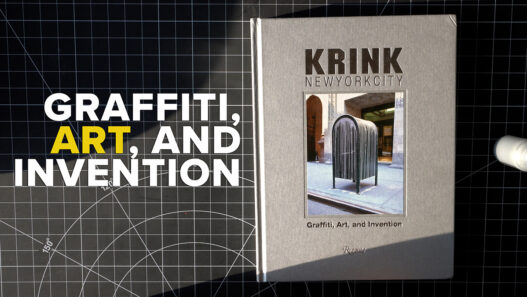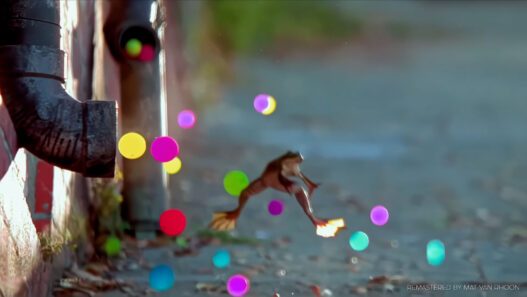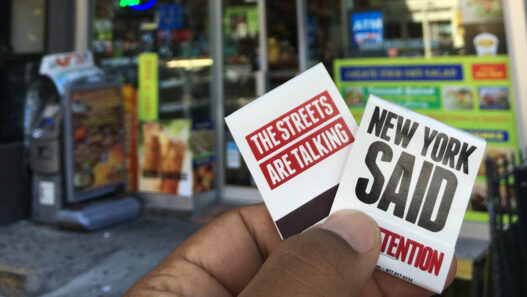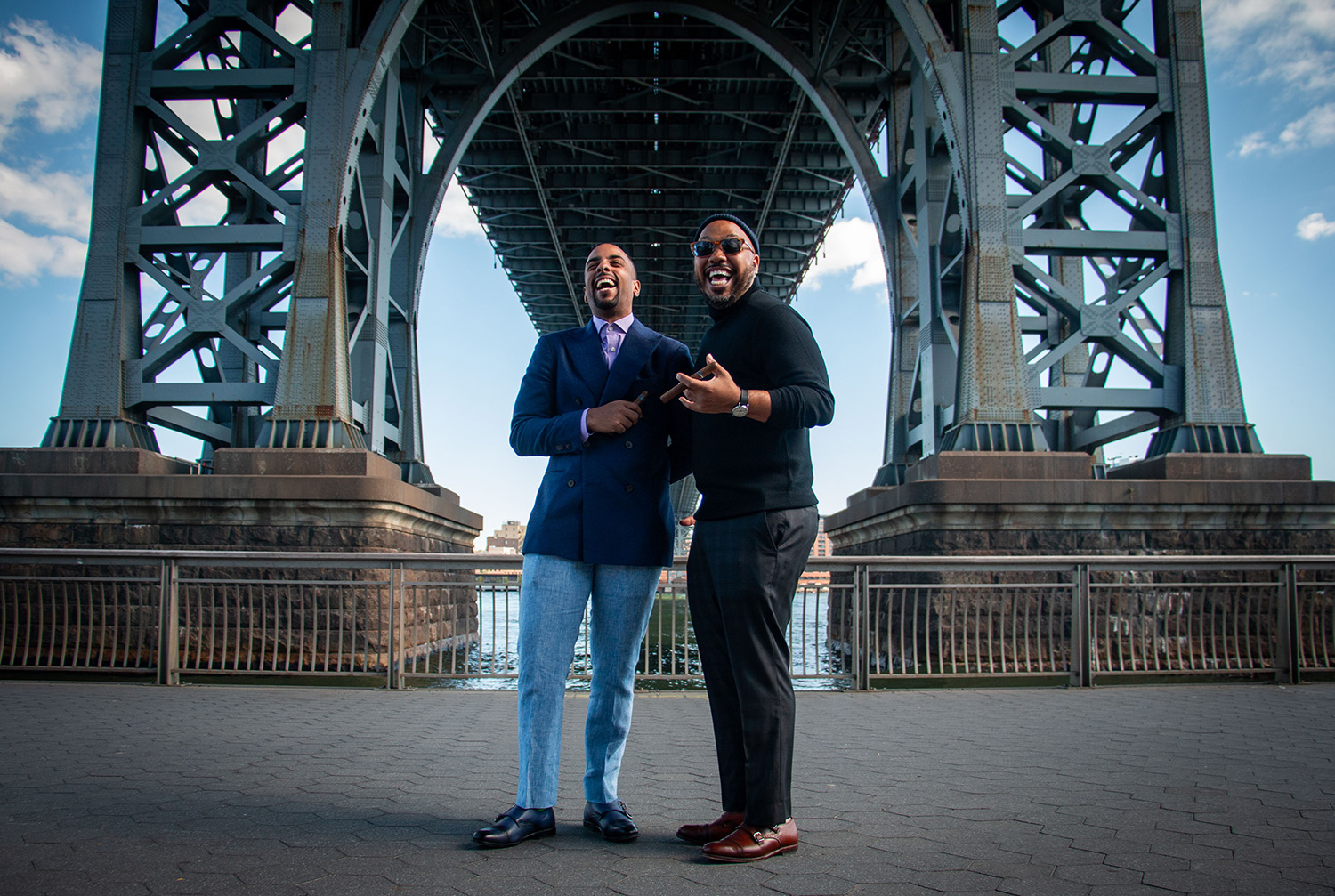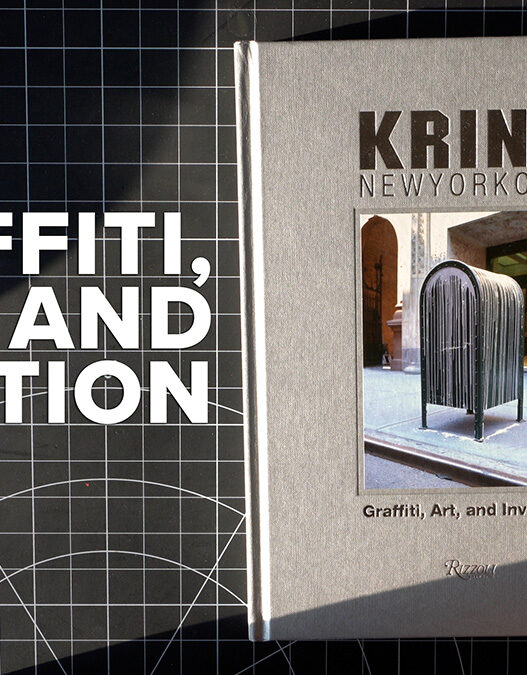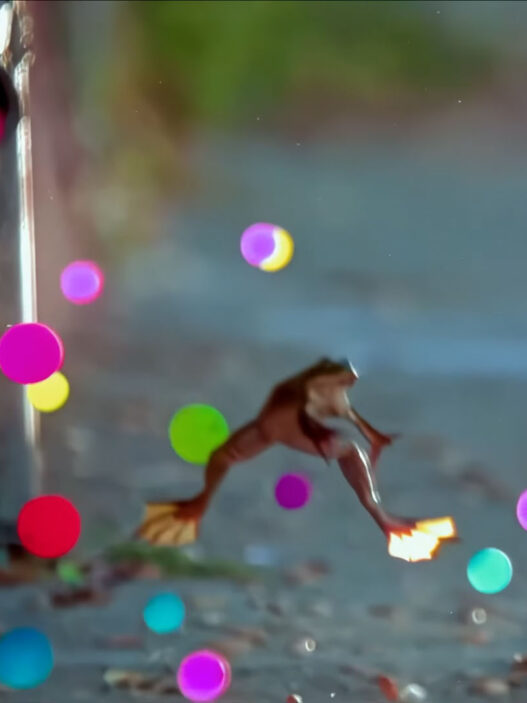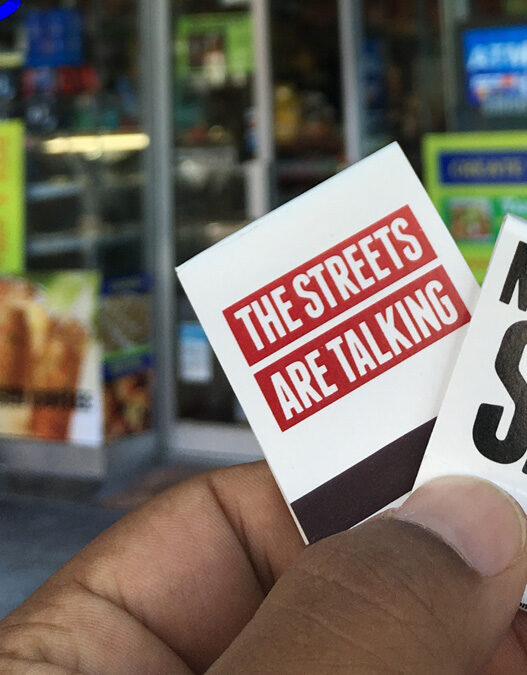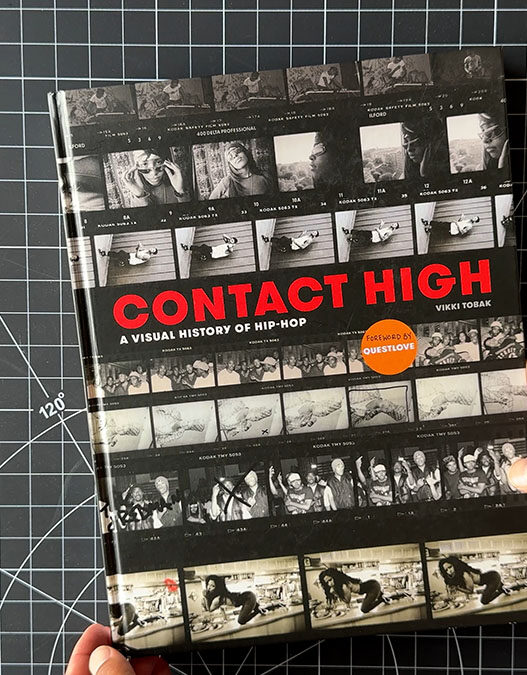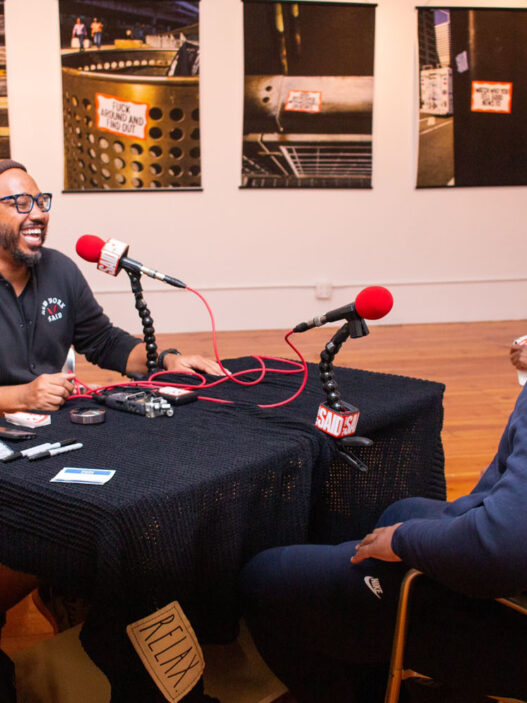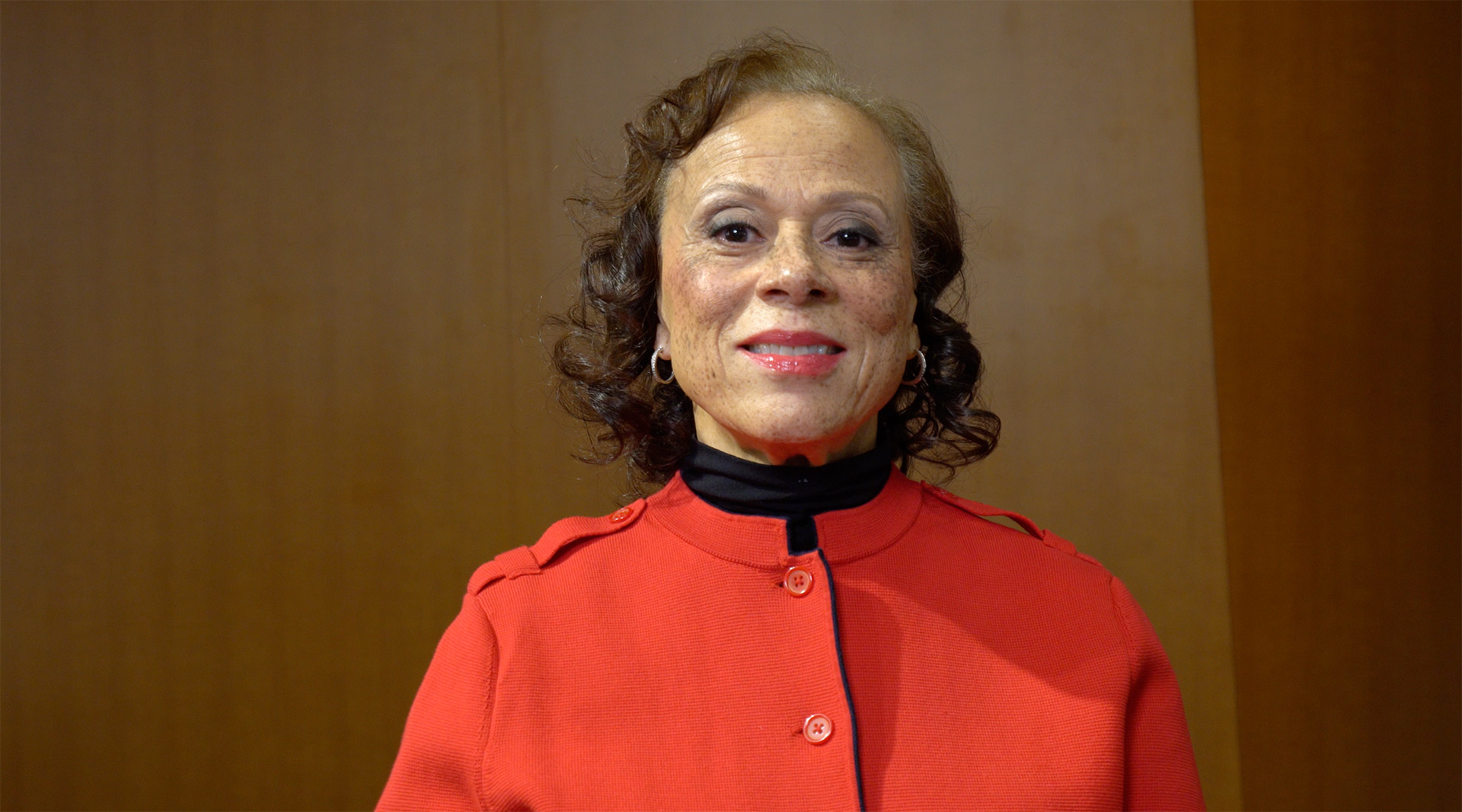Client: New York Said | Role: Producer and Co-Host
The Story
In 2008, I was in Tampa on a video shoot at the Tampa Cigar Company when I met Carlos “Carlito” Fuente Jr. He was generous and laid back, the kind of guy who made everyone feel at home. As he showed us around, he reached into his shirt pocket, pulled out a handful of cigars, and passed them around to the crew.
I figured, why not, and took one. That cigar, an Arturo Fuente Hemingway Classic, ended up being the spark that lit my journey into cigars. At first, I just joked around with my day-one collaborator Steve, holding it up for pictures, clowning more than smoking. But when I finally sat down and lit it, the experience hit me. The label design caught my eye, but the smoke itself kept me coming back. From there, I started exploring more brands: Davidoff, Padrón, Rocky Patel, and plenty of others.
Meeting Juan at Nat Sherman
I didn’t see myself as a connoisseur yet. But things changed when I walked into the Nat Sherman Clubhouse in Midtown Manhattan and met Juan Sanchez.
Juan had a style about him. He listened, he had humor, he knew his craft, and he always made me feel like more than just another customer. It was like stepping into a barbershop where the barber already knows what cut you need. I’d walk in, tell him what I wanted, and he’d nail it every time. That level of care and knowledge impressed me so much I invited him onto my New York Said podcast just to shine a light on his work.
One day, Juan posted online about being tired of lousy cigar podcasts. I cracked a Suge Knight joke, telling him to come over to New York Said. What started as a joke turned into an idea. Why not make our own? He knew cigars inside and out, I knew how to produce, and together we could create something special.
That’s how Sunday Cigar was born.
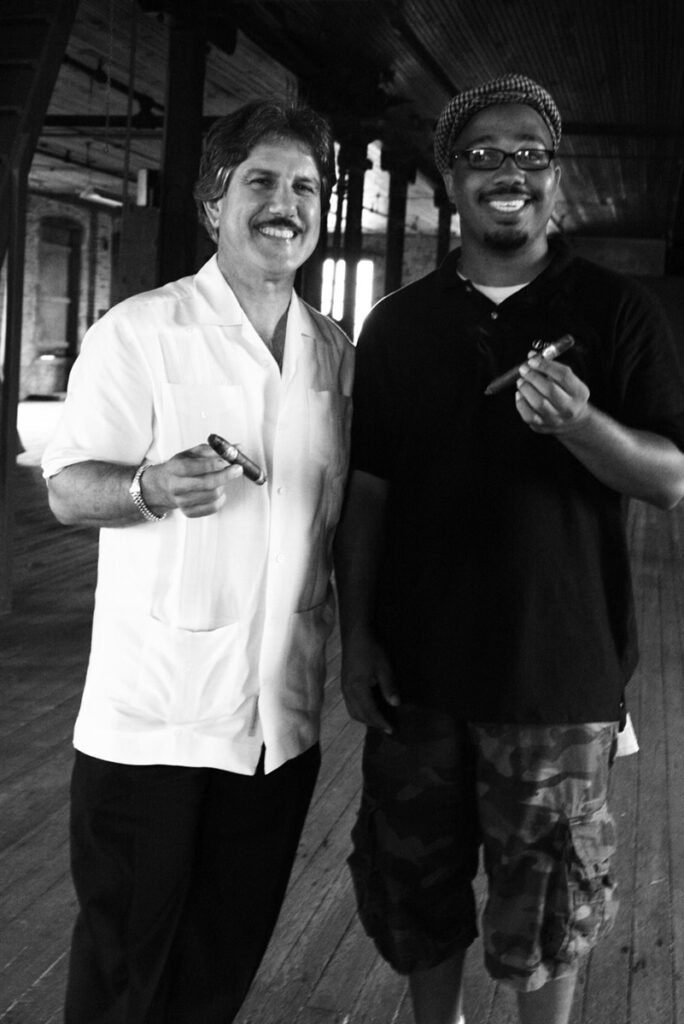
Building the Show
At first, I even suggested we cut cigars in half to save money while recording. Juan just laughed and said, “We don’t have to do that. I’ve got enough cigars for both of us.” That generosity set the tone.
I asked Juan to pull together a list of cigars he wanted to cover, and he came back with 27 outstanding picks. I tossed in one curveball idea: an episode about non-premium cigars. During my travels, I’d pick up odd smokes like grape-flavored Swisher Sweets or Garcia Vegas for nostalgia. I thought it would be a funny, offbeat episode. Juan treated it with the same seriousness and respect he gave the premium smokes, which made it one of my favorite episodes. It showed the contrast in our styles and made the collaboration shine.
We recorded all 27+ episodes up in Washington Heights, near Juan’s place. We needed a space where we could light up, record, and not be disturbed. Sometimes we smoked two cigars in a session, sometimes three. Strong “ass kicker” cigars would leave me riding home on the A train with the nicotine chills. But it was worth every trip.
The rhythm of the show was simple. Juan broke down the history and details of each cigar, I asked questions from the perspective of someone still learning, and together we improvised the conversation. No script, just good smoke and good talk. We even paired cigars with beverages or chocolate now and then, adding another layer to the experience.
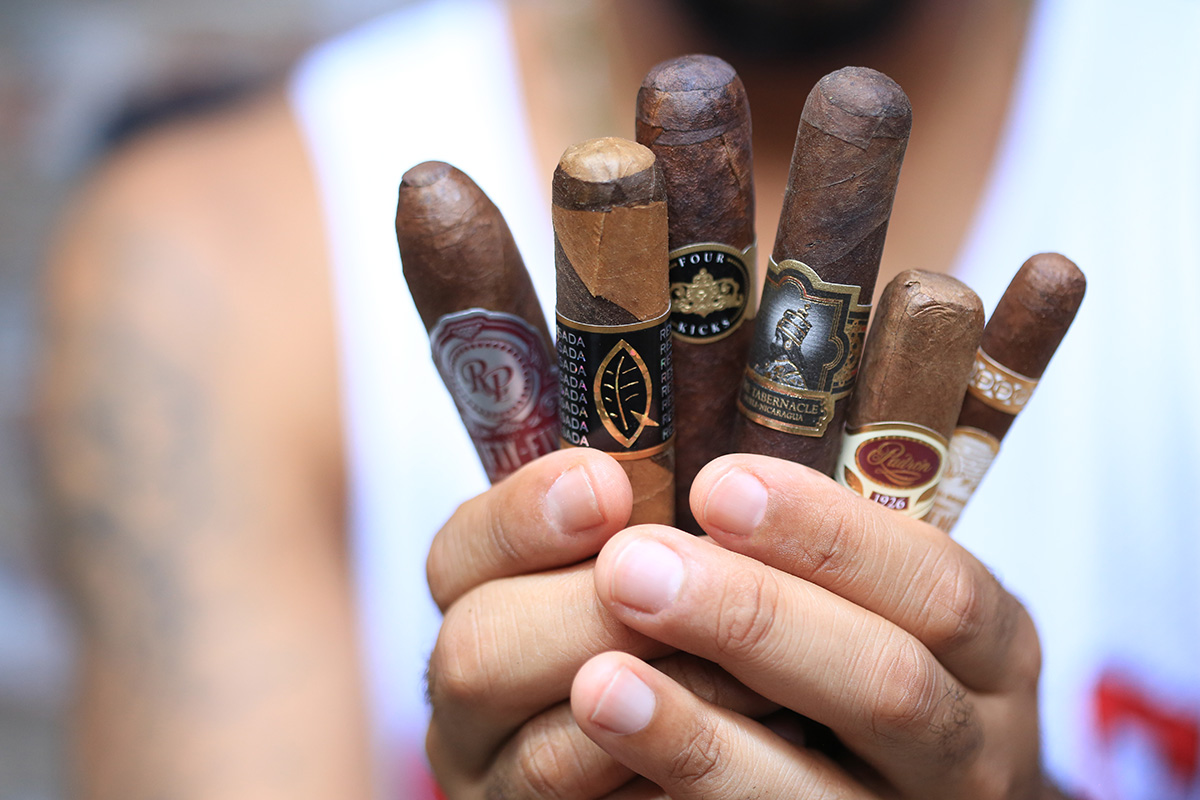
Why This Matters
For me, Sunday Cigar became a master class. Juan was the professor, I was the student, and the listeners came along for the ride. The show wasn’t just about cigars; it was about culture, etiquette, connection, and collaboration.
Working with Juan and later collaborating with Steve from McFadden Creative for promo shots reminded me what makes great partnerships: conversation, listening, respect, energy, and everyone showing up with care. That’s why the work turned out so strong.
By the time the season wrapped, it wasn’t just about enjoying cigars anymore. The work had built a real connoisseurship. Humidors, cutters, lighters, etiquette, and the culture surrounding cigar life became second nature. Smoking turned more intentional, with careful thought given to what was smoked, where it happened, and the stories tied to each cigar.
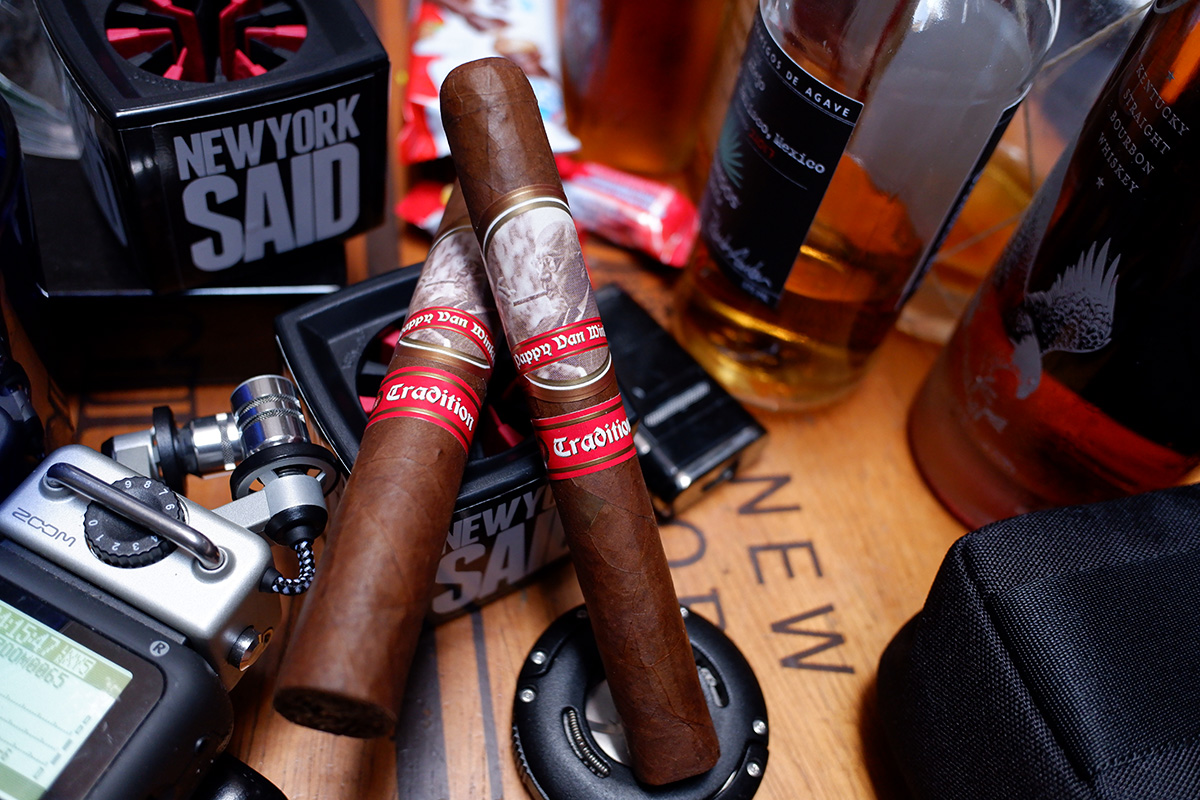
Lessons in Collaboration
Cigars were the medium, but collaboration was the real engine that kept this project alive. The same principles that built Sunday Cigar can guide any creative partnership.
- Lead with generosity. Juan never let scarcity set the tone. Bring more than you take.
- Respect the craft. Whether it was a rare smoke or a inexpensive Swisher, we gave every episode the same care. Treat all parts of a project with integrity.
- Balance roles. Juan brought the knowledge, I brought the production. Play to each person’s strengths and trust them.
- Keep it human. From jokes to shared rides home, the personal moments build the bond that powers the work.
- Show up with care. The best collaborations happen when everyone listens, communicates, and delivers on their word.
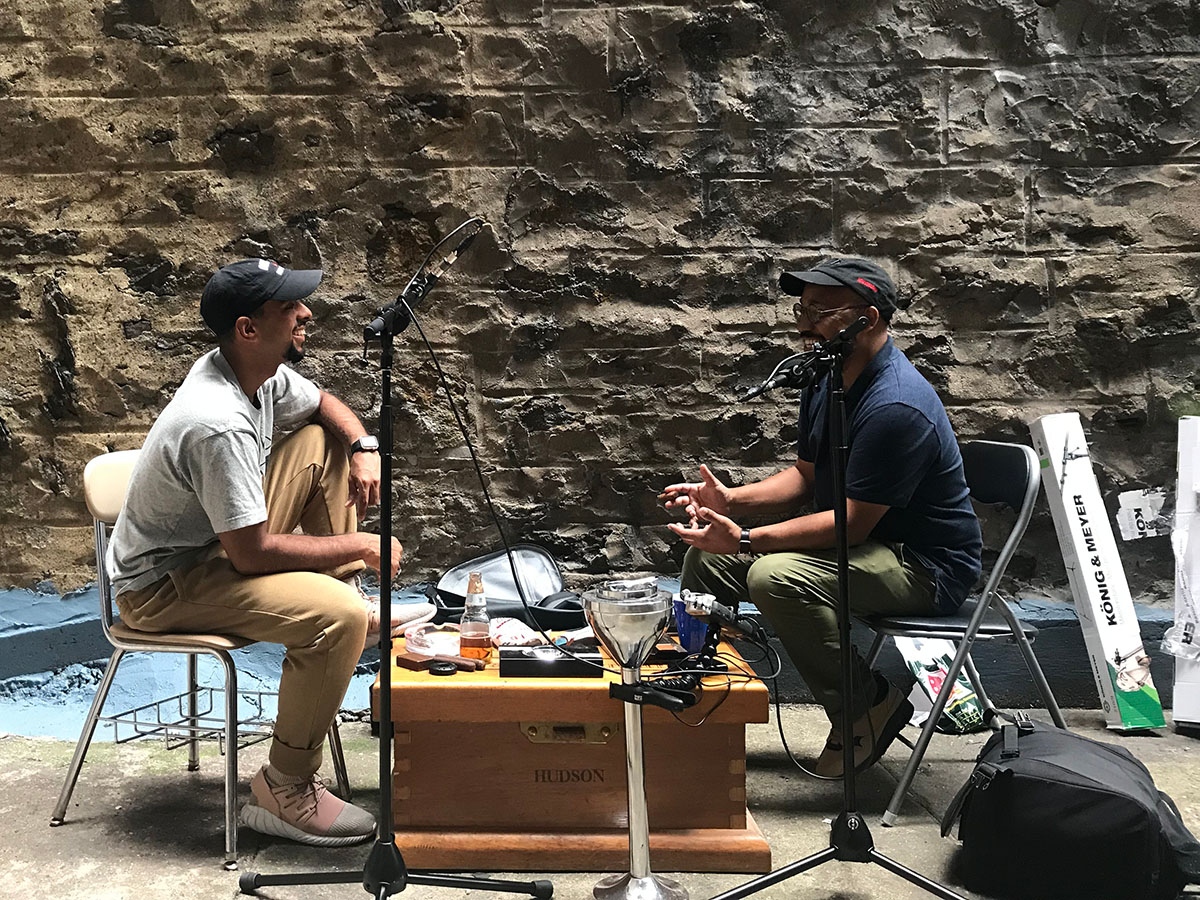
The Episodes
- Guillermo Leon Signature
- Padrón 1926 No. 35
- Illusione 68
- Quesada Reserva Privada Barber
- Arturo Fuente Don Carlos Personal Reserve
- Rocky Patel Fifty Five
- Plasencia Nestico
- Crowned Heads Four Kicks
- Tatuaje Tattoo by Pete Johnson
- Quesada España
- The Tabernacle
- Eiroa the First 20 Years
- L’Atelier Maduro
- La Flor Dominicana Air Bender
- Pappy Van Winkle Tradition
- Arturo Fuente Casa Cuba
- Nat Sherman Timeless Prestige Divino
- La Aurora Puro Vintage
- Davidoff Yamasa
- The Nat Sherman Panamericana Epicure
- Boutique Blends La Bohème
- Non-Premium Cigars
- Oliva Serie V Melanio
- Alec Bradley Mundial
- Local Cuban Cigar
- My Father Le Bijou
- Rocky Patel Grand Reserva
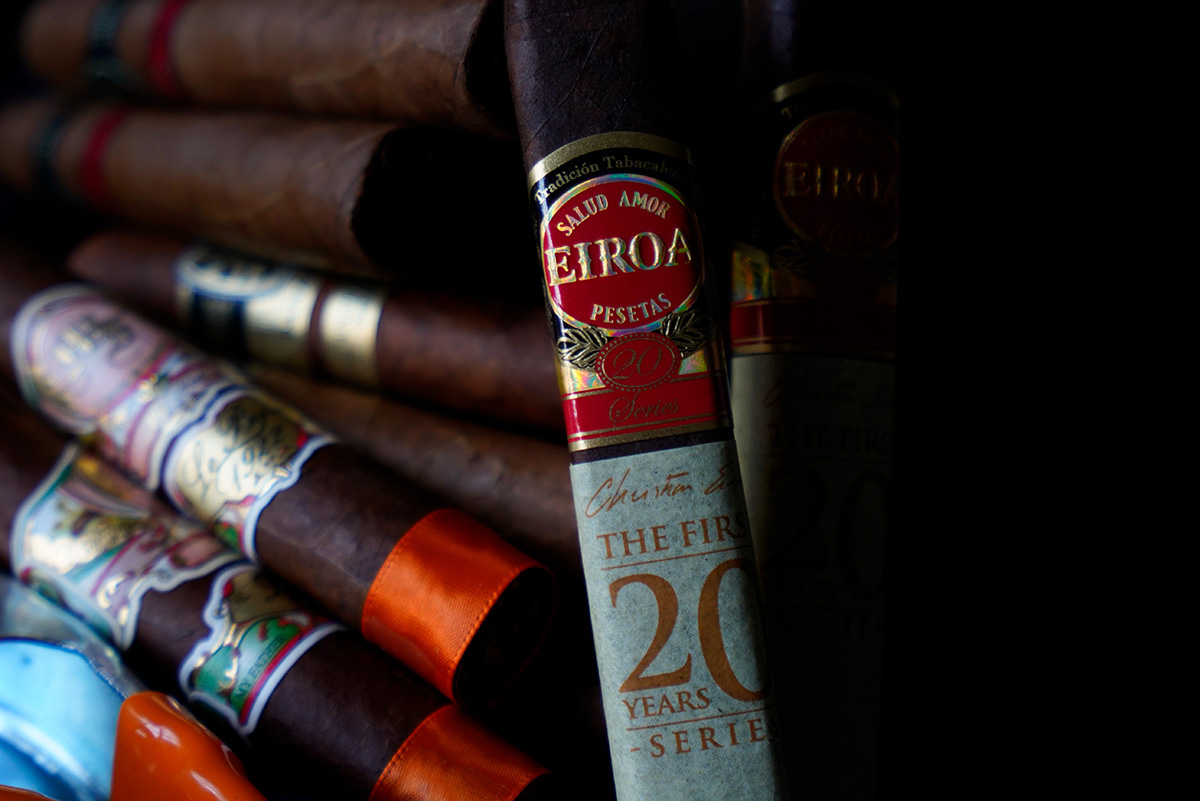
Final Word
Sunday Cigar started with one shared smoke in Tampa, grew through a chance meeting in Midtown, and blossomed into a project that taught me about cigars, culture, and the value of collaboration. Every detail, from the premium picks to the oddball Swishers, shaped the journey.
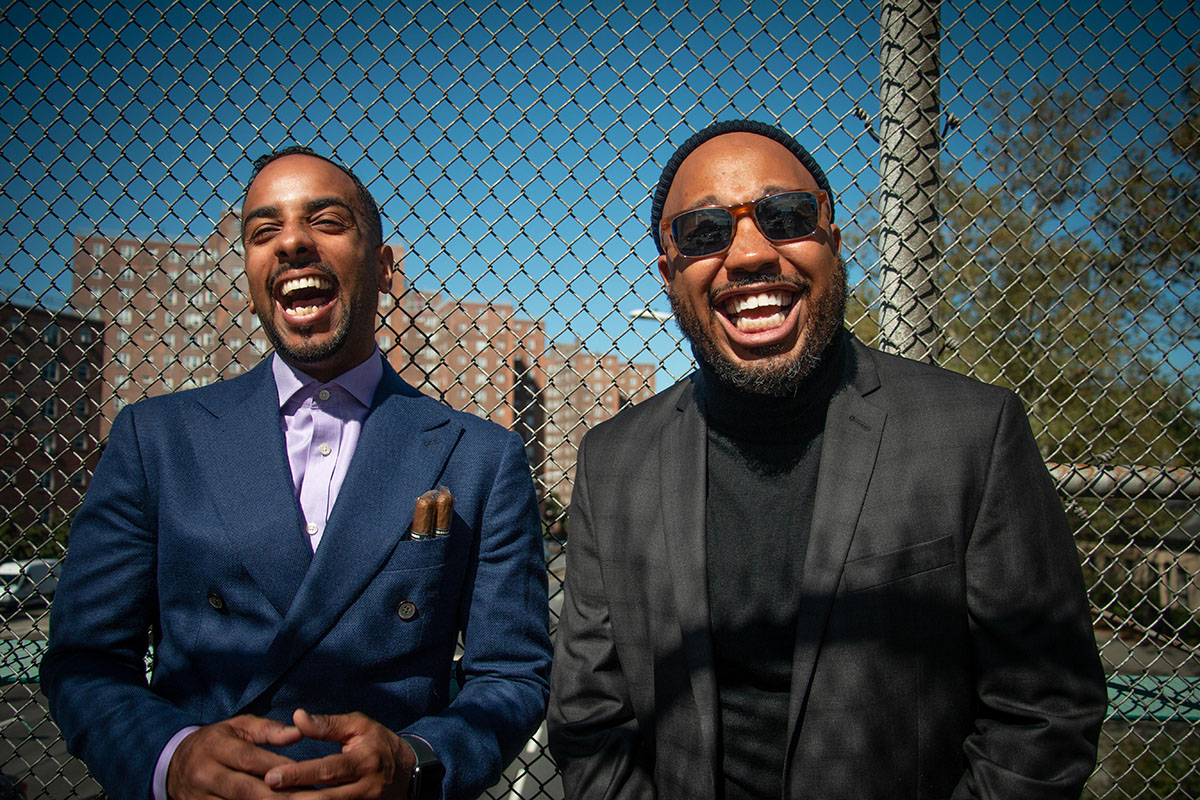
Lived Lessons: real stories, real receipts, usable tactics.
Thanks for walking with me.

